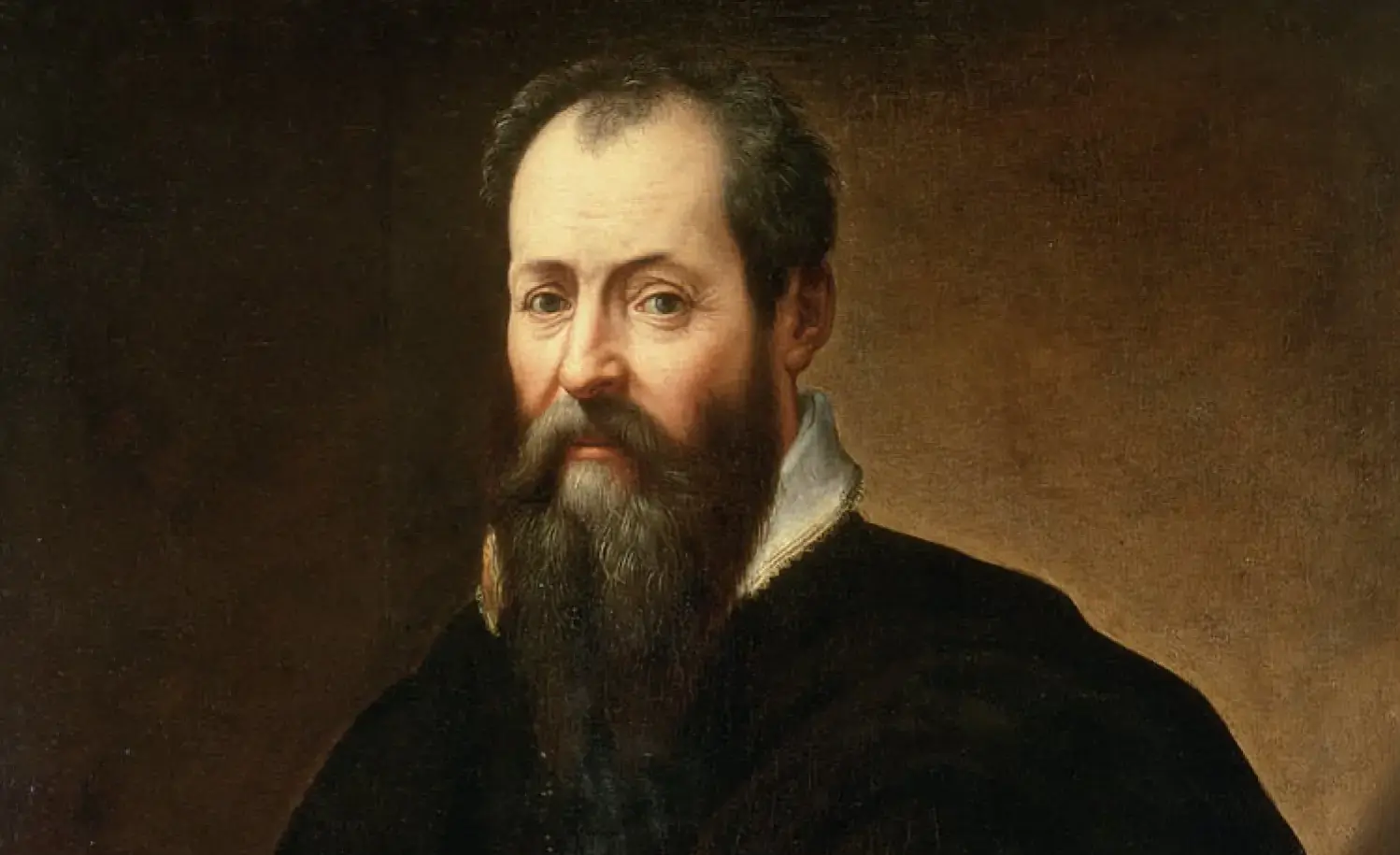Ciao, art history lovers! If you’ve ever wandered the streets of Florence, marveled at the intricate corridors of the Uffizi Gallery, or craned your neck to admire frescoes in the Palazzo Vecchio, you’ve likely encountered the genius of Giorgio Vasari. A man of many talents – painter, architect, and writer – Vasari shaped not only Florence’s artistic landscape but also the way we view the Renaissance itself. Today, we’re diving into the life and legacy of this Renaissance polymath and exploring his lasting imprint on the city.
Who Was Giorgio Vasari?
Born in Arezzo, Tuscany in 1511, Giorgio Vasari was a true Renaissance man. Trained under the Medici family‘s patronage, he became a close associate of many of the era’s luminaries, including Michelangelo. Vasari’s contributions weren’t confined to the canvas; he’s also credited as the “father of art history,” thanks to his seminal book Lives of the Most Excellent Painters, Sculptors, and Architects.
This groundbreaking work isn’t just a biography – it’s a vibrant chronicle of the Renaissance and its most celebrated figures. From Leonardo da Vinci to Raphael, Vasari’s writing immortalized their achievements while shaping how future generations view this golden age of creativity.
Vasari’s Architectural Masterpieces in Florence
- The Vasari Corridor
The Vasari Corridor is one of Florence’s most unique architectural features. Commissioned by Cosimo I de’ Medici in 1565, this elevated passageway connects the Palazzo Vecchio to the Pitti Palace, allowing the Medici family to move through the city unseen. Stretching over the Arno River and the Ponte Vecchio, the corridor is lined with artwork, making it a hidden gem for art and history enthusiasts. Though it’s not always open to the public, it remains a symbol of Vasari’s ingenuity.
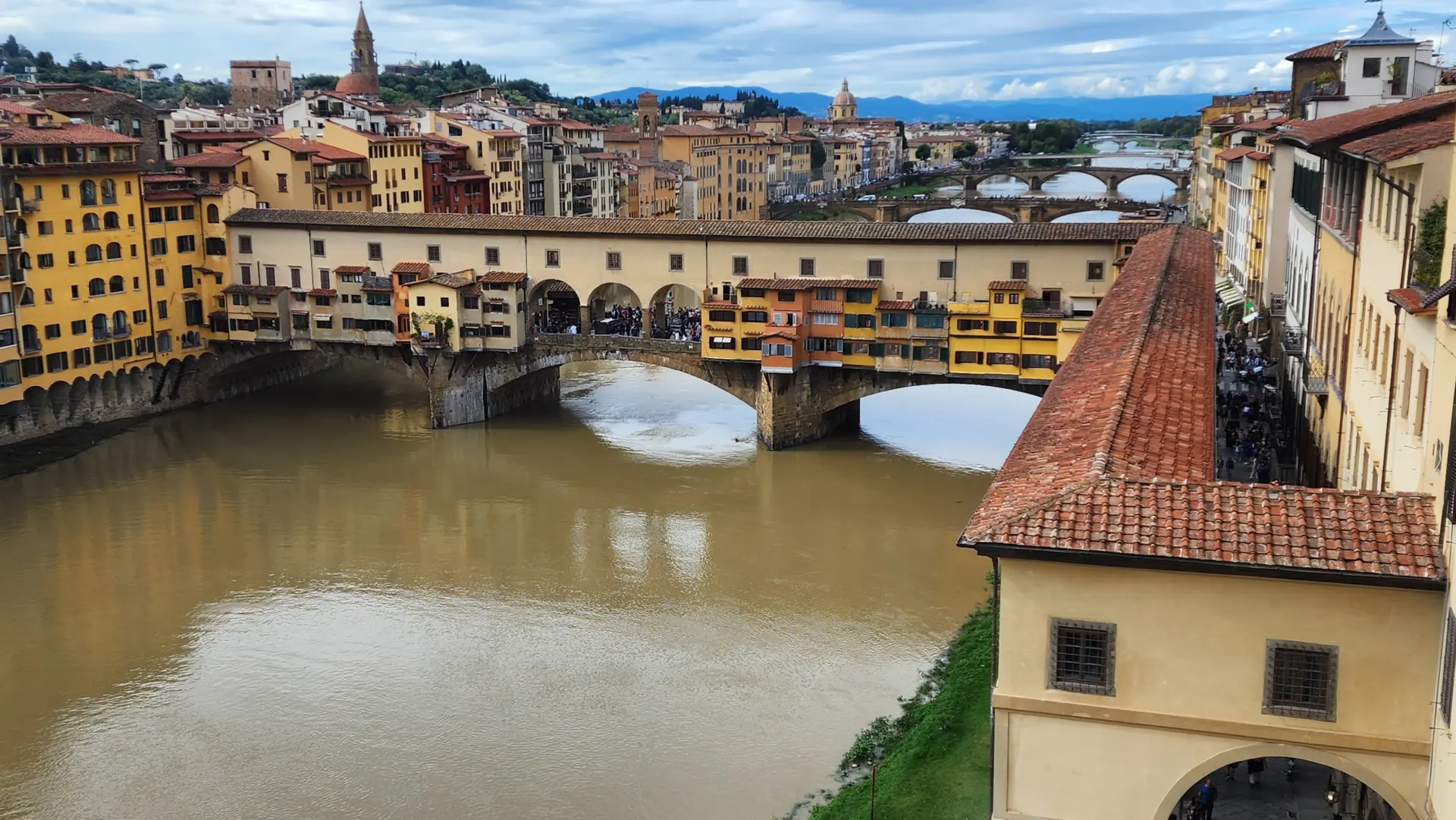
- The Uffizi Gallery
One of the world’s most renowned art museums, the Uffizi Gallery, owes much of its grandeur to Vasari. Originally designed as administrative offices for the Medici family, the building showcases Vasari’s ability to blend functionality with beauty. Its long corridors and harmonious architecture set the stage for its transformation into an art gallery, making it a must-visit for anyone exploring Florence.
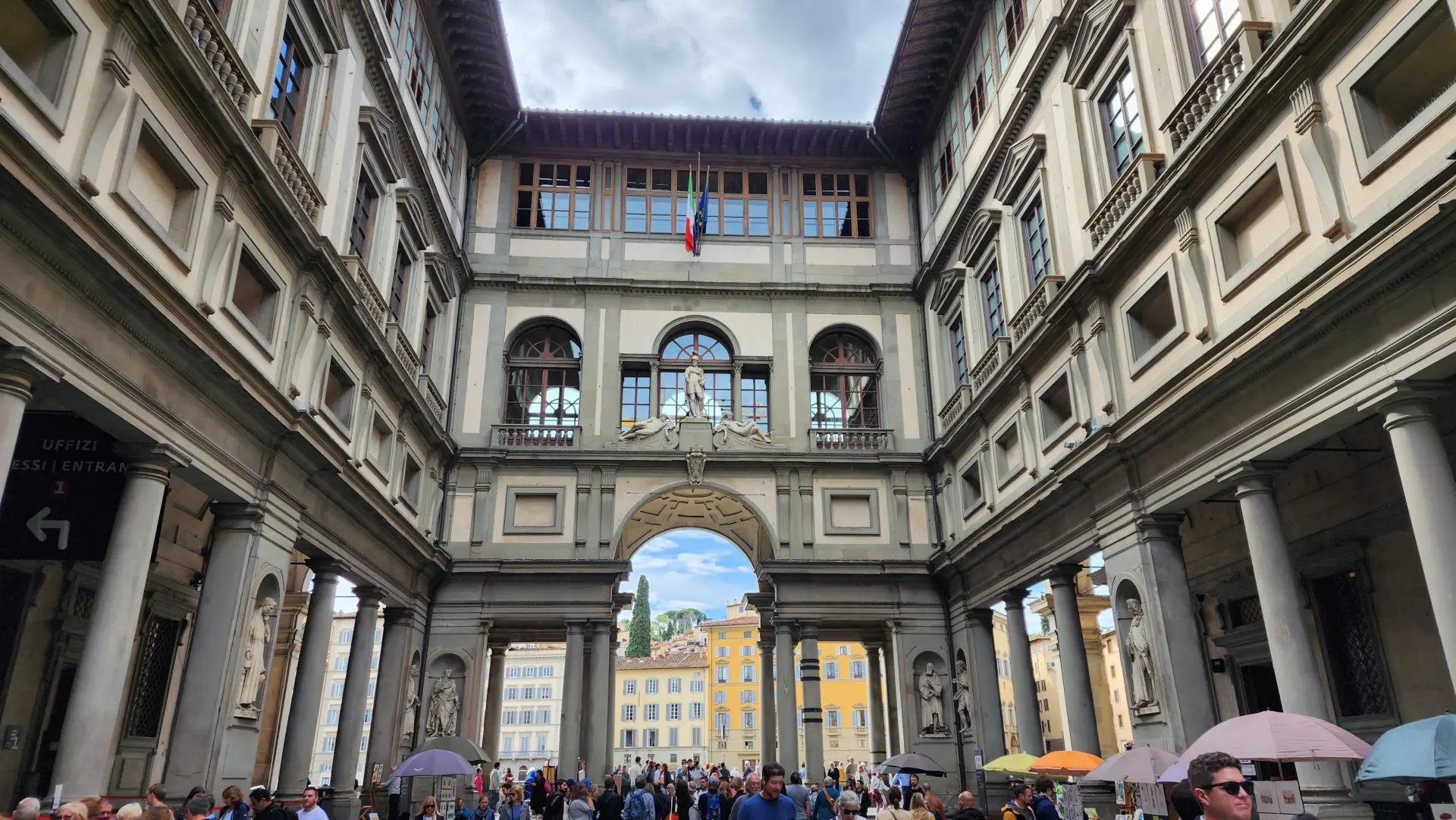
- Palazzo Vecchio Frescoes
Vasari’s artistic prowess shines in the Palazzo Vecchio, particularly in the Hall of the Five Hundred (Salone dei Cinquecento). His monumental frescoes celebrate Florence’s military victories and Medici power, creating a stunning visual narrative. It’s a room that breathes history and is sure to leave you in awe.
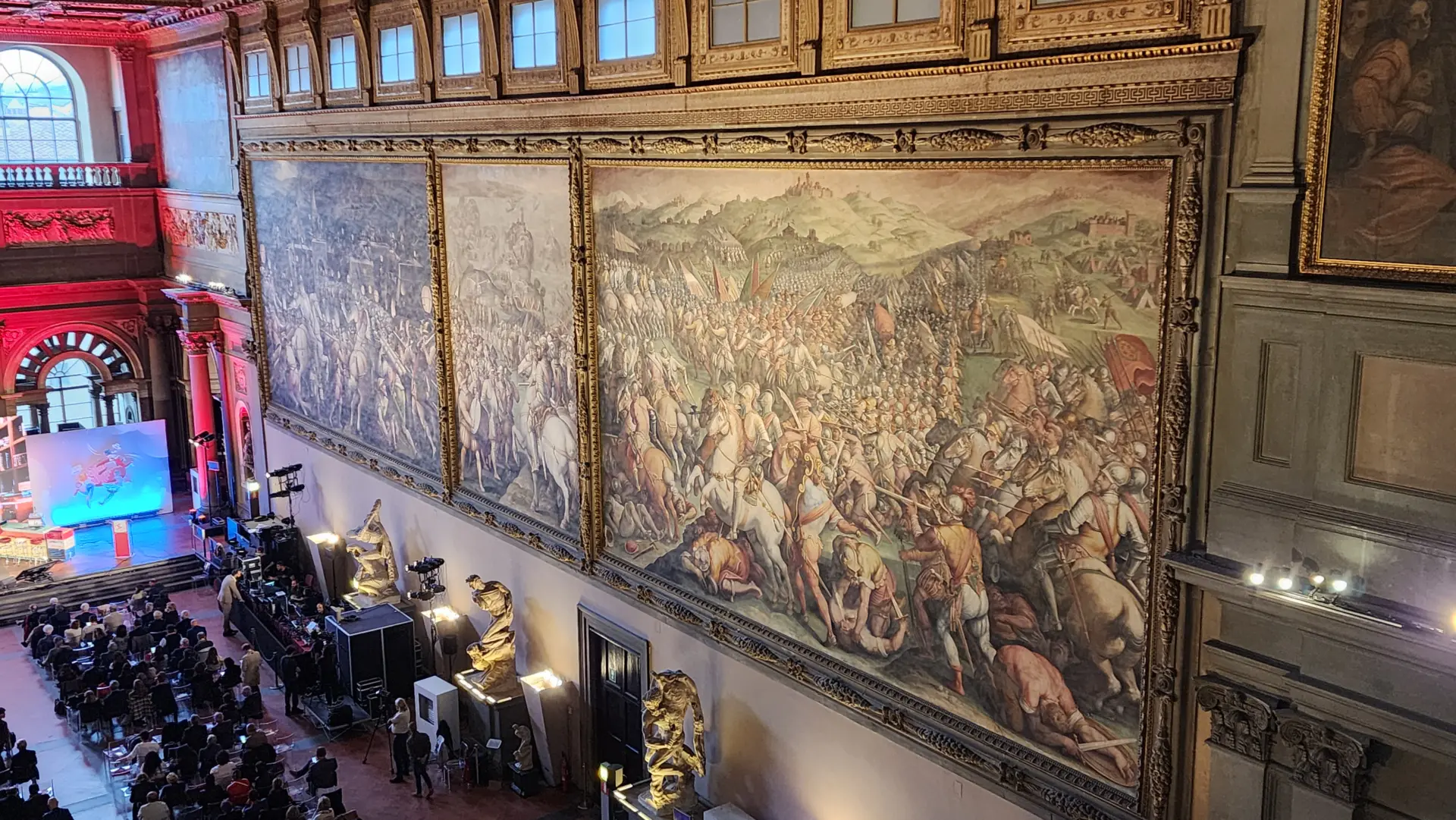
The Duomo’s Last Judgment Frescoes
One of Vasari’s most ambitious projects was the decoration of the interior of the dome at the Florence Cathedral. Commissioned by Cosimo I de’ Medici, Vasari designed and began the frescoes depicting the Last Judgment, a dramatic and intricate portrayal of salvation and damnation. While Vasari passed away in 1574 before completing the work, his pupil Federico Zuccari finished the frescoes. Together, their work transformed the dome into a breathtaking masterpiece, visible from the cathedral floor and up close for those brave enough to climb to the top. Standing beneath the dome, you can feel the weight of their shared vision – a testament to Vasari’s artistic genius and enduring influence.
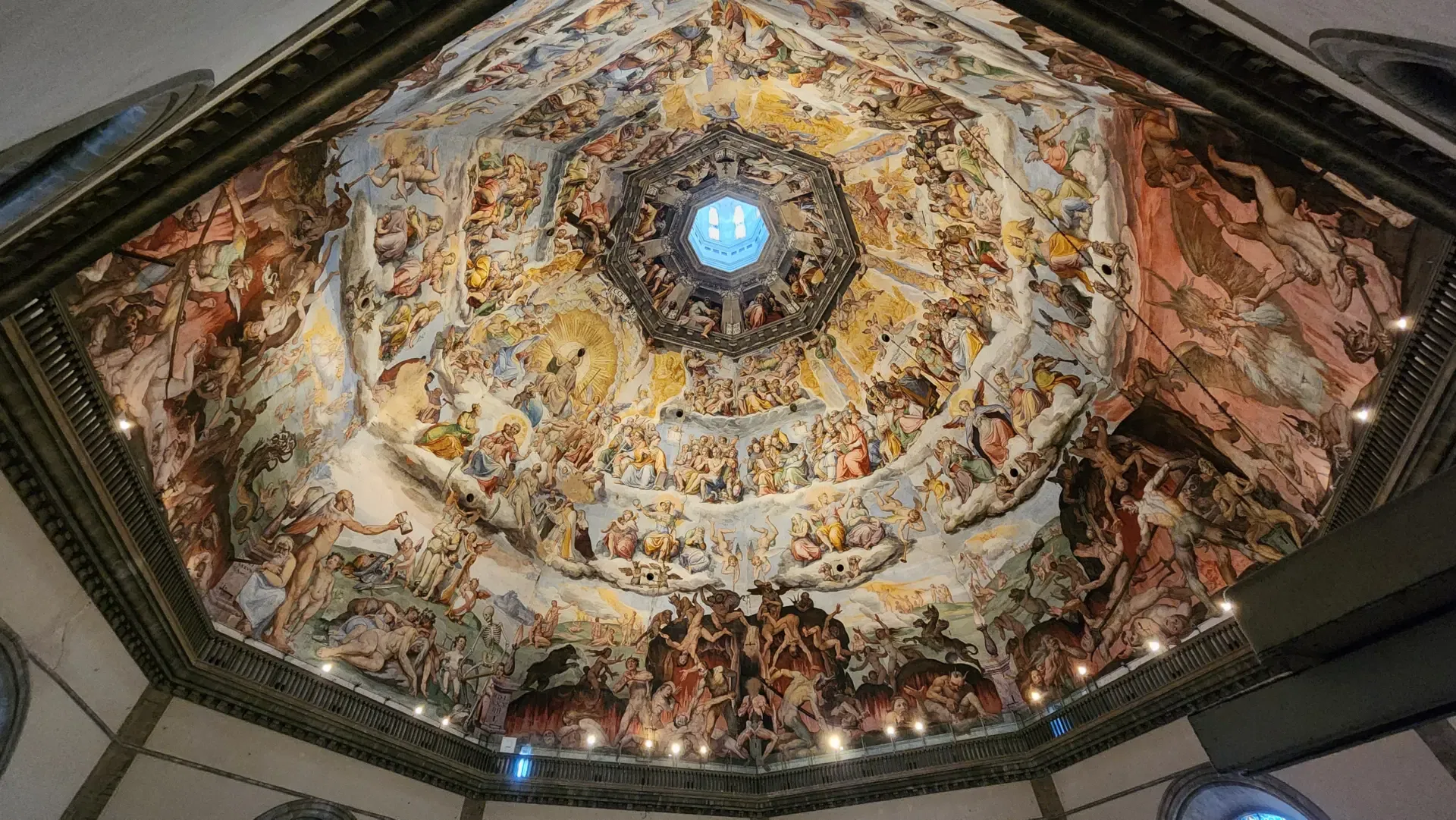
The Birth of Art History: Vasari’s Lives
Vasari’s book, Lives of the Most Excellent Painters, Sculptors, and Architects, was the first comprehensive history of Renaissance art. Beyond its invaluable documentation, the book is filled with colorful anecdotes and personal insights, giving readers a glimpse into the personalities behind the masterpieces. While some of his accounts are romanticized (and occasionally inaccurate), the book remains a cornerstone for understanding Renaissance art and its creators.
Practical Tips for Exploring Vasari’s Florence
- Palazzo Vecchio: Visit the Hall of the Five Hundred to see Vasari’s frescoes. Entry tickets are available online, and guided tours often include fascinating details about his work.
- Uffizi Gallery: Book your tickets in advance to avoid long lines, and don’t miss the gallery’s architecture itself, a testament to Vasari’s genius.
- Vasari Corridor: While it’s not always open, keep an eye on special openings or private tours to experience this unique space.
- Santa Maria del Fiore: Don’t miss the opportunity to gaze at Vasari and Zuccari’s Last Judgment frescoes inside the dome.
Final Thoughts
Giorgio Vasari’s contributions to Florence go beyond his remarkable talent; he gave us a lens through which to view and appreciate the Renaissance. Exploring his works is like walking through history, where every corner holds a story and every masterpiece whispers of a bygone era.
Until next time, keep discovering, keep wandering, and keep finding your sparkle everywhere! ✨
Xoxo,
Bubbly 🎈

